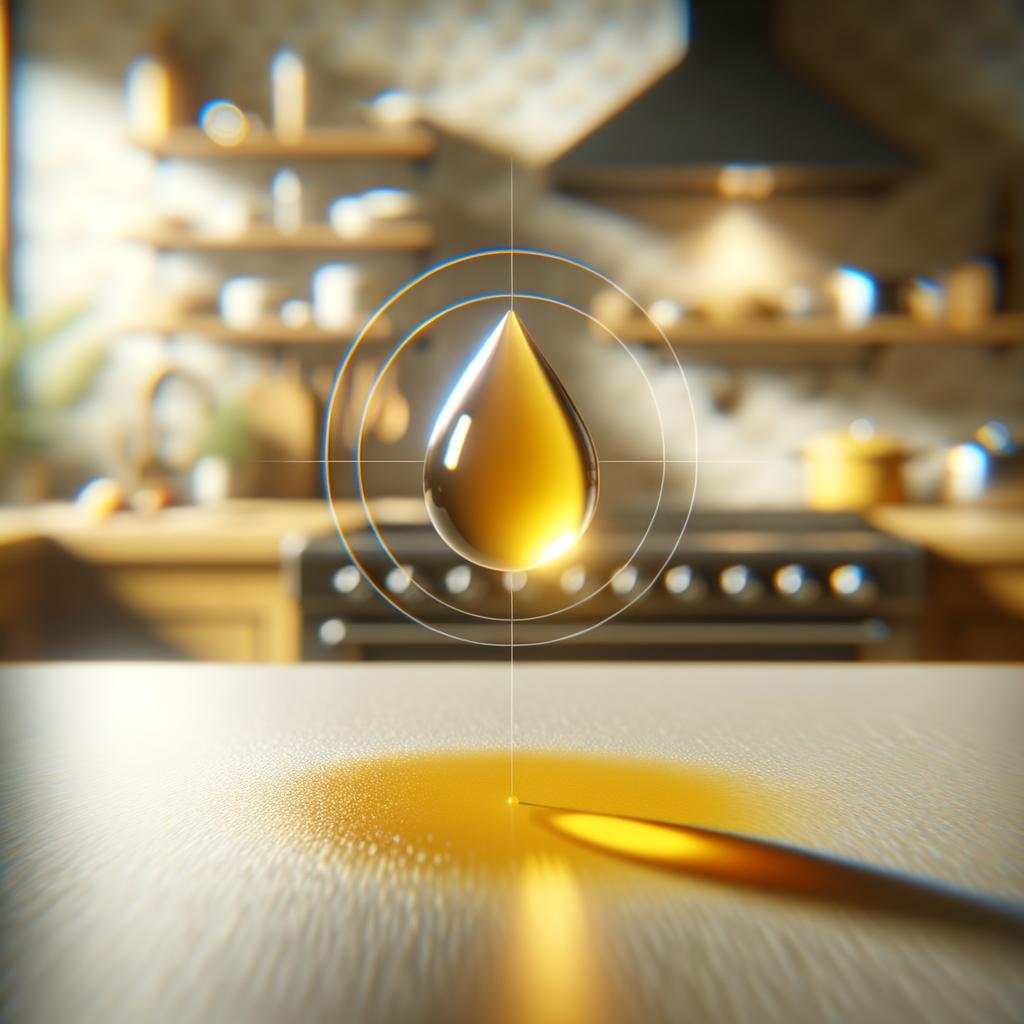Yellow Food Coloring

Description
Yellow food coloring, a vibrant and energetic hue, is an essential ingredient in the world of culinary arts. It is a liquid or powder that presents a bright and sunny yellow, reminiscent of a summer's day, and is odorless and tasteless. It is unique in its ability to transform a simple dish into a visual delight, setting it apart from other ingredients that contribute primarily to taste and texture. The magic of yellow food coloring lies in its ability to evoke emotions and memories, stimulating not just our taste buds, but our eyes as well.
Primary Uses
Yellow food coloring is predominantly used to enhance the visual appeal of food and drinks. It is a key component in a wide range of cuisines, from the vibrant Indian turmeric rice to the classic American lemon meringue pie. It's also used in confectionery, bakery goods, and beverages to create an inviting and appetizing hue. Beyond its culinary uses, yellow food coloring also has cultural significance in certain societies. For instance, in India, yellow is considered auspicious and is used in sweets during festivals and celebrations.
History
The history of food coloring dates back to ancient civilizations when people used natural sources like saffron and turmeric to add color to their food. However, the industrial production of food colorings began in the 19th century. Yellow food coloring, like its counterparts, has seen a shift from natural to synthetic sources due to the consistency and vibrancy that synthetic dyes offer. Over time, its use has become widespread, and today, it's hard to imagine a culinary world without these splashes of color. An interesting story associated with yellow food coloring is the invention of margarine, which was initially white. To make it look more like butter, yellow food coloring was added, leading to the vibrant margarine we know today.
Nutritional Information
Yellow food coloring does not contribute any substantial nutritional value to a dish, as it's used sparingly and primarily for aesthetic purposes. However, it's worth noting that it is generally safe for consumption. Some people may have sensitivities or allergies to certain food colorings, so it's always important to check the ingredients. Compared to natural colorings like turmeric, synthetic yellow food coloring does not offer any health benefits. However, it does provide consistency and vibrancy that natural colorings sometimes lack. As always, moderation is key when using any food coloring.

